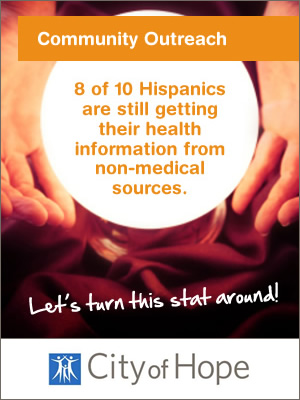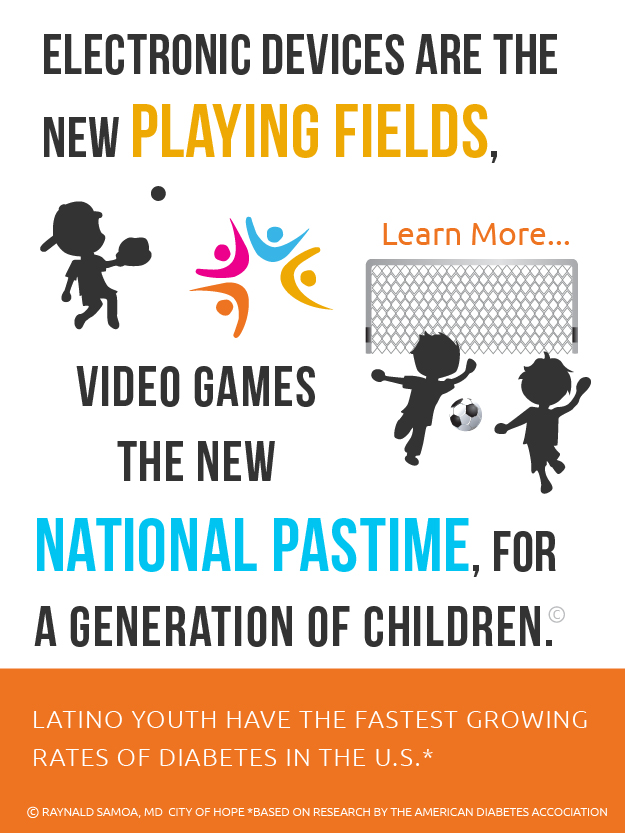
COVID-19 Pandemic Underscores Health Disparities in Hispanic Communities in the US
08/03/2020 06:00AM | 3162 viewsBy Amelie G. Ramirez, DrPH
The coronavirus disease 2019 (COVID-19) pandemic has impacted the Hispanic population in the United States heavily due to the many health inequities that this community faces. In order to provide greater support to minorities, these disparities in the healthcare system must be addressed.
During the Virtual American Association for Cancer Research Annual Meeting II, Amelie G. Ramirez, DrPH, director Salud America! National Network for Latino Health Equity, professor and chair, Population Health Sciences and director, Institute for Health Promotion Research, UT Health San Antonio, addressed these disparities and the steps necessary to overcome them.
“We know that COVID-19 has impacted our [Hispanic] community, but it also has worsened existing inequalities that we find among our Hispanic communities, as well as our communities of color,” said Ramirez during her presentation. “The important thing is we all need to work together to make sure we are [supplying] our communities with the best information and most incredible information as possible. We need to get our communities to believe in the importance of good science.”
The Hispanic population represents 18.2% of the United States population, and this is also now the largest minority group. This population is expected to rise from 18.2% to 24.5% in the next 15 years, while Caucasians are expected to make up about 49.7% of the population by the year 2045, African Americans 13.1%, Asians 7.9%, multiracial 3.8%, and other groups 0.9%. With that in mind, it is important to address the inequalities observed in the healthcare system.
Communities of minorities tend to lack health-promoting assets, which include healthcare, jobs, and other opportunities. For example, Hispanic neighborhoods lack access to healthy foods, safe places for physical activity, affordable housing and transit, social support, and healthy community school environments.
Overall, the Hispanic community experienced disproportionate COVID-19 case rates in many cases. In particular, Hispanics represented 39% of COVID-19 cases in Utah state, in which they only make up 14% of the overall state population. This observation was also seen in Oregon where 13% of the population is Hispanic, and 33% made up COVID-19 cases, New Jersey where they make up 19% of the population and 30% of COVID-19 cases, and Washington where they make up 13% of the population and 38% of COVID-19 cases.
The mortality rates also demonstrated disparities. Hispanics make up around 18% of the United States population, but their overall death rate was 26.8% with weighted population distributions. In states with larger Hispanic populations, there were higher death rates in these communities as well. Specifically, in California, the death rate was 47.2% while Hispanics represent about 39.3% of the overall population, the death rate in Texas was 41.5% with about 39.6% Hispanic representation in the overall population, and 46.2% in Florida, in which Hispanics make up 26.1% of the population.
Salud America! utilized many aspects of digital content, including blog posts, tweet chats, and podcast episodes, and more, to help address pandemic impacts in the Hispanic community. More than 400,000 people gained access to these resources in the United States, which helped spread awareness of the virus throughout the community and its impact.
Health Disparities Among the Hispanic Community
Inequities appear to be worsening over time. Evidence has demonstrated that young children in families of low incomes, communities of color, and immigrants are more vulnerable to economic downturns, which results in increased economic hardships over longer periods of time while the economy recovers as a whole. These hardships exacerbates the inequity and increases hardship among select communities.
People who have health insurance are commonly tested more frequently than those who do not have health insurance. Although some tests may be free, 19% of Hispanics are not insured, which is the worse coverage rate among racial and ethnic groups in the United States.
Only 16% of Hispanics are able to work from home, and they are often overrepresented in high-contact jobs, such as food, retails, hospitality, and health. They also often have little or no paid leave. Because many of these individuals are essential workers, they are more likely to be exposed to COVID-19 and less able to social distance.
Approximately 27.2% of the Hispanic population is in poverty, and COVID-19 highlighted the inequities in access to social support, housing, food, and more. The unemployment rate among this community was also made worse during the COVID-19 pandemic, whereas 18.2% are unemployed compared with 14.7% in the overall United States population.
During this pandemic, many families also struggled with food security in the Hispanic community, particularly those who rely on nutrition aid. About 16.2% of Hispanics were unable to access enough food. Additionally, 56.9% of the population was burdened by housing costs during the pandemic. They spend about one-third of their income on housing alone, and the virus increased the housing instability as well as homelessness in the Hispanic community.
Other inequities include those with cancer and smokers. Patients with cancer who are tested positive for COVID-19 have a 13% risk of dying compared with 6% death rate in the overall population. Smoking also contributes to more severe cases of COVID-19, and secondhand smoke can transfer the virus. Approximately 23.9% of Mexican American nonsmokers have been exposed to secondhand smoke. Patients with cancer, those who are smoker, are of older age, or have other underlying health conditions are at a greater risk of contracting or dying from COVID-19.
Obesity was 1 of the most important predictors of severe cases of COVID-19, and Hispanic adults (47%) and children (19%) have high obesity rates compared with other racial or ethnic groups in the United States. Diabetes is also associated with an increased risk of death from COVID-19. Hispanics have higher rates of diabetes (16.9%) compared with the rest of the United States (9.3%).
Addressing Inequalities During the COVID-19 Pandemic
The need for better health equity needs to be understand both during this pandemic and after in order to address the inequalities. According to Ramirez, the healthcare community needs to listen to these communities to learn how to best help them.
Ramirez recommends increasing SNAP benefits by at least 15% as 1 change that could help make an impact. Other necessary steps include addressing housing and eviction issues, strengthening paid leave policies, and expanding healthcare coverage.
It is also important to support struggling employees and disadvantaged families. Gaps in COVID-19 relief for immigrants must be addressed. Ramirez notes it is important that Hispanics are included in the 2020 United States Census. With that vital, cities and states can provide better support to these communities. Poverty and income inequity must also be addressed in order to overcome these inequalities.
Equity needs to be increased in voting opportunities, a focus on education should be maintained, and the narrative needs to shift to understand that the virus is the enemy, not the person infected.
Ramirez said the 5 drivers of health inequity need to dismantled “One of [these drivers] is how do we go about reducing structural discrimination? How do we address poverty and disparities in income and wealth accumulation? How do we reduce disparities in opportunities? How do we address the disparities in power? And lastly, how do we leverage governance to truly promote health equity?”
Other steps to address inequities include involving planners to unlock inequities in healthcare, advance the health equity in public transportation, and advance the National Task Force on COVID-19 inequities.
“We need to make sure that our vaccines and protective equipment [are] available to these individuals that serve their communities. We need to better understand that we have the ability to get involved in health equity, and all of us here have a responsibility to do that,” said Ramirez. “We need to understand that we need to use our voices to speak up for health equity and change. Only until then can we truly have communities where we can all have the right to live healthy.”
With more proactive solutions such as these and everyone working together collectively, Ramirez concludes that health equity may be better in the future.
***
Amelie G. Ramirez, DrPH, addressed disparities among the Hispanic community in the United States and the steps necessary to overcome them.











Post your Comment
Please login or sign up to comment
Comments